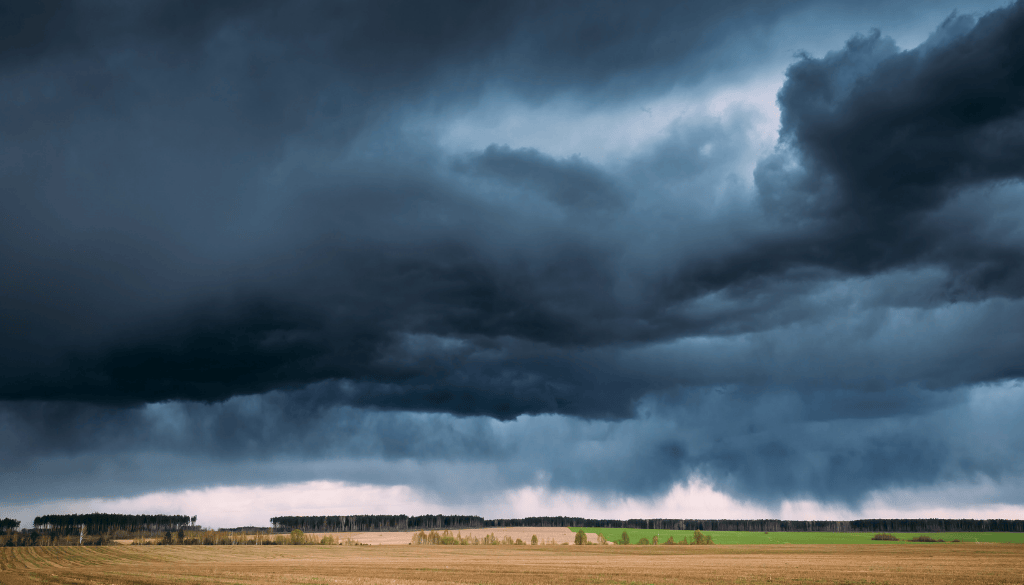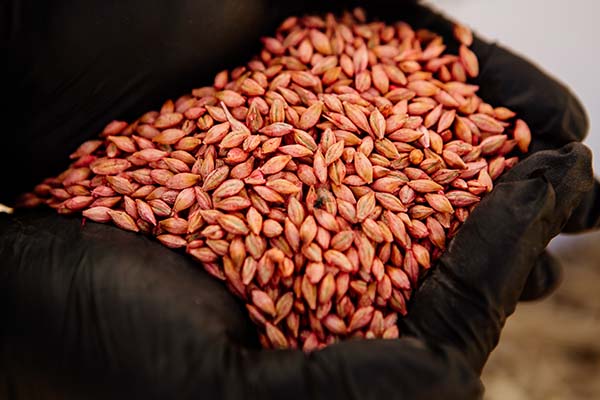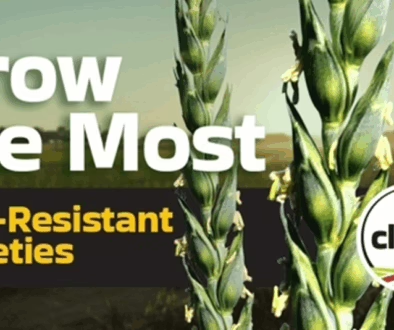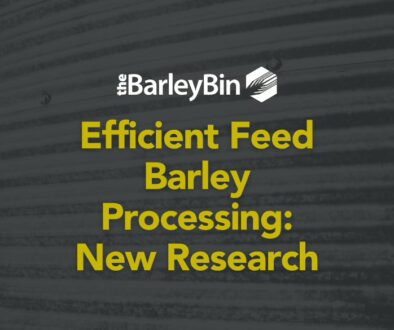How Seed Treatments Improve Plant Health
Exploring the Dynamic Relationship Between Seed Treatments and Plant Health and Performance in Saskatchewan’s Varied Seeding Conditions
By Mitchell Japp, Research and Extension Manager for SaskBarley
When Are Seed Treatments Necessary for Saskatchewan Crops?
Cool and wet conditions may come to mind in response to that question. What about wet and warm conditions, or dry and cool? Or dry and warm? We experience a range of seeding conditions in Saskatchewan, but how do those conditions impact your decision to treat your seed?

Last spring, I saw a thread on Twitter/X by Adam Vossepoel (@voss_ag). Adam presented a range of conditions where seed treatment would be useful, none of which included disease or insect pressure. The thread got me thinking about what we know about a seed’s response to seed treatment when the stresses the seed faces are not insects or disease. In his thread, Adam explored how plants respond to stress and how seed treatments influence that response. But first, he posed three simple questions.
- Do you wait until soil temperature is 10°C?
- Does your seed bed have at least 65% moisture?
- Is there zero risk of frost?
If you answer “no” to any of the preceding questions, a seed treatment may be beneficial.
Beyond Disease: Seed Treatments and Abiotic Stress
Of course, seed treatments are well established solutions to disease and insect pressure. In my correspondence with Dr. Kelly Turkington, Plant Pathologist at Agriculture and Agri-Food Canada in Lacombe, he shared that cool and wet soil conditions at seeding aren’t necessarily when seedling and root disease pressure is the highest.
Pathogens, Soil Conditions, and the Role of Seed Treatments
For several pathogen species, the optimum temperature for growth is well above 10°C, and in some cases will be in the 15-25°C range. When seeding starts, many soils will be below 10°C, which is too cool for these pathogens to grow, and if they do grow, it will be slowly. For seed and root rot pathogens like Fusarium, Cochliobolus, Pythium, and Rhizoctonia that prefer warmer conditions, they will be less aggressive on the seed and seed health when conditions are cool in the planting and early growth stages. At the same time, plant growth is slower at lower temperatures. Seeding into cool soils may result in a weaker plant that is more susceptible to disease once conditions are warmer; so, seed treatments can be worthwhile, even if the pathogen pressure will be delayed.
Dry Seed Rot and Stress Management Through Seed Treatments
There are also pathogens that favour cool and dry conditions. Dry seed rot can be caused by saprophytic fungi, like Penicillium and Aspergillus, reducing stand establishment. These pathogens develop in storage on grain that has been kept in damp conditions. Dry seed rot is an issue when germination is delayed due to cold or dry soil conditions.
Beyond disease and insect pests, abiotic stressors, including temperature and moisture conditions, influence the health and performance of seedlings. Enhancing the seedling’s ability to cope with abiotic stress can lead to improved plant health and performance throughout the growing season.

Research on Seed Treatments: Plant Health and Performance Benefits
Anecdotally, I’ve heard of crops having a positive response to seed treatments in the absence of disease or insect pressure. Research is confirming those anecdotes. Dr. Brian Beres, Research Scientist at Agriculture and Agri-Food Canada in Lethbridge, observed some positive effects from seed treatments in his agronomic research on winter wheat. He found that stand establishment was improved with a seed treatment in general. And, in conditions where the agronomic package was not ideal (low seeding rate and thin seed), a seed treatment could compensate (partially) for the reduced performance compared to an optimal agronomic package.
Research is available with the specifics of how these responses are possible, based on changes within the plant. Effects from seed treatments will vary by product, but a quick summary of positive effects may include:
- physiological changes that improve root development
- improved seedling vigour
- improved freeze tolerance
- improved drought tolerance
- improved growth
- and early flowering
Should You Use Seed Treatments Every Spring?
The research that has been conducted on seed treatments has shown some clear benefits. While seed treatments may not be necessary in all conditions, they can provide protection to the seed from both biotic and abiotic stressors – anticipated or not.
This article was originally published in the Spring 2024 Issue of the BarleyBin Magazine.




